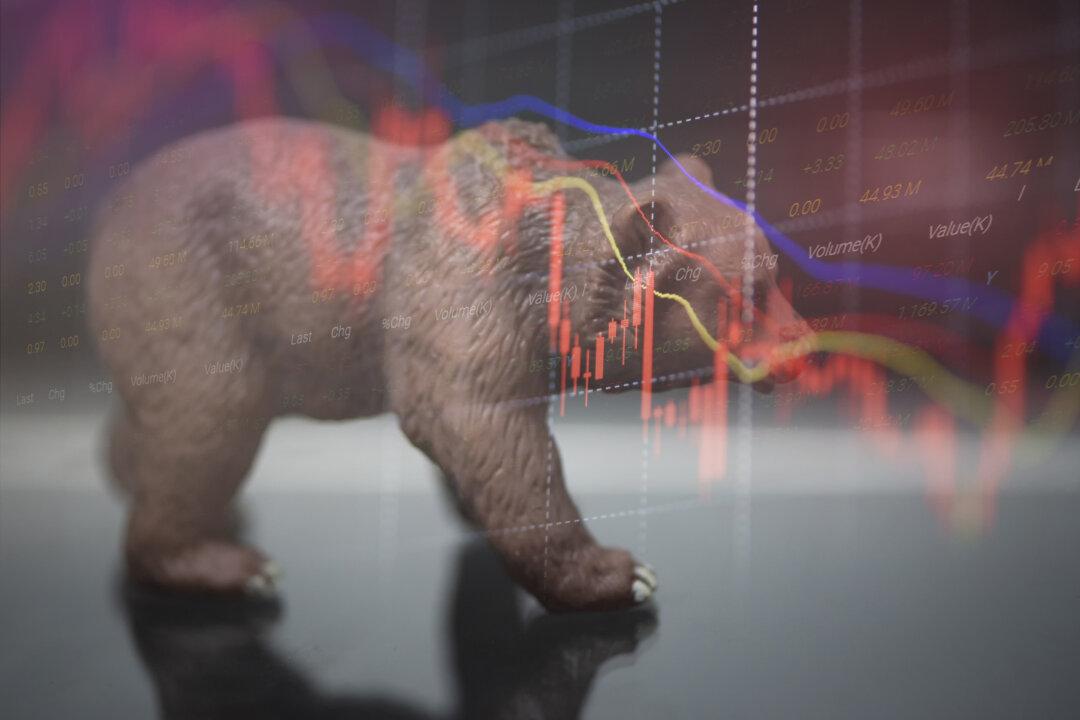By Anne Kates Smith
From Kiplinger’s Personal Finance
What the bull giveth, the bear taketh away. Investors who thought the bear market might be over after summer’s strong gains got a reminder this fall that bear market rallies can be exhilarating but fleeting.






